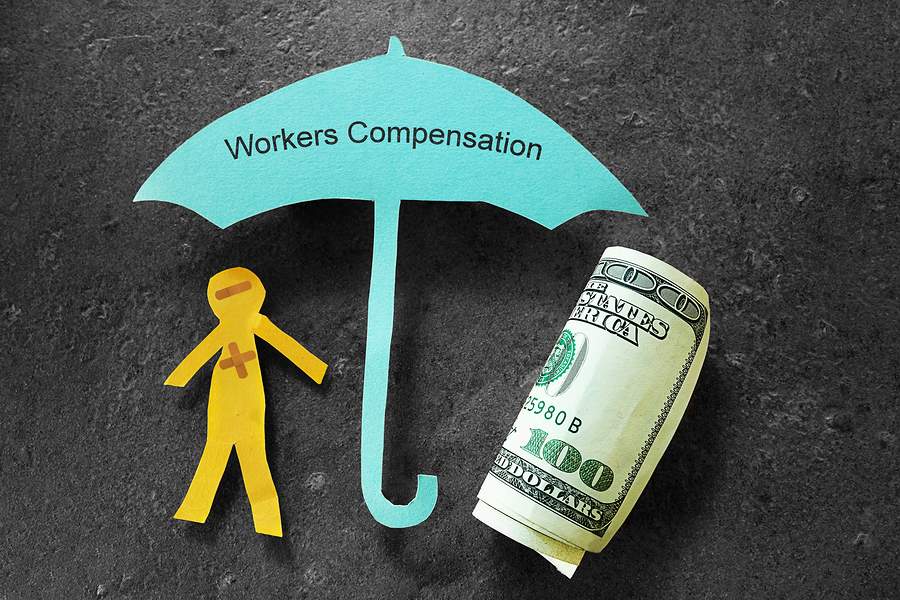Having workers’ compensation has become integral for employers to protect their businesses from the potential consequences of work-related injuries, which are a common occurrence in any business. However, the challenges faced by enterprises vary from one industry to another, according to Charles Spinelli.
From construction to healthcare, and marine, among others, come across unique risks that influence how workers’ comp works. The blog aims to help employers understand these unique challenges and deploy suitable solutions fitting to their sector.
Construction Industry Challenges
The construction businesses are inherently exposed to higher injury rates. Typically, workers are susceptible to falls, injured by heavy machinery while operating it, and exposed to the side effects of hazardous materials. This sector witnesses the highest number of claims due to the severity of injuries and prolonged recovery periods. False claims as well as higher insurance premiums are widespread issues.
Solutions for Construction
Businesses involved in construction can minimize the likelihood of paying higher insurance premiums by improving the standard of workplace safety programs. Using physical barriers like guardrails or fall-arrest systems, organizing regular training can not only prevent falls but also build awareness among site workers to adopt the right method of operating equipment.
Make sure to conduct safety audits in regular intervals to stay compliant with standards. Partnering with insurance companies that specialize in construction insurance can be immensely helpful in managing costs.
Challenges for the Healthcare Industry
Healthcare workers encounter a variety of risks, including injuries during lifting patients, needlestick injuries, and susceptibility to infectious diseases. Prolonged working hours potentially lead to burnout, which eventually results in mental health claims. Workers’ compensation costs in healthcare facilities often escalate with a higher frequency of injuries and the intense demand for long-term care.
Solutions for Healthcare
According to Charles Spinelli, healthcare facilities can effectively deal with such risks and challenges by equipping themselves with cutting-edge medical equipment and devices like patient-lifting trolleys, lift and transfer chairs, etc. Training nurses and clinicians on infection control minimizes exposure to risks.
Implementing standard rules of shift hours, organizing duties in rotation, and promoting wellness programs can lessen stress, minimize burnout, and thereby improve mental health. Setting stringent rules for reporting systems can be helpful to promote collaboration among the medical team, which is important for faster response to injuries.
Challenges in the Marine Industry
Marine workers are at risk onshore as well as offshore. A typical day might see accidents due to slips and falls, or even from heavy cargo handling. Another thing is the jurisdictional question posed by this industry because different laws apply to determine if a worker is on land or at sea. It tends to take longer to settle claims in this sector.
Solutions for Marine
Investing in advanced protective gear and following the highest standards of safety protocols applicable to onshore and offshore activities in the marine industry is the best step for employers to minimize injuries and claims while ensuring the overall well-being of workers. Emergency training needs to be prioritized, enabling workers to efficiently deal with real-world challenges on the sea.
Every employee should document their work details throughout working hours, which helps settle jurisdiction disputes. Also, being equipped with specialized marine insurance policies can be instrumental in lessening the risks for employers.
While industries are unique, some of the challenges faced by them are common. High cost of claims, regulatory compliance, and worker safety are commonalities. Employers need to balance affordability with sufficient coverage.


